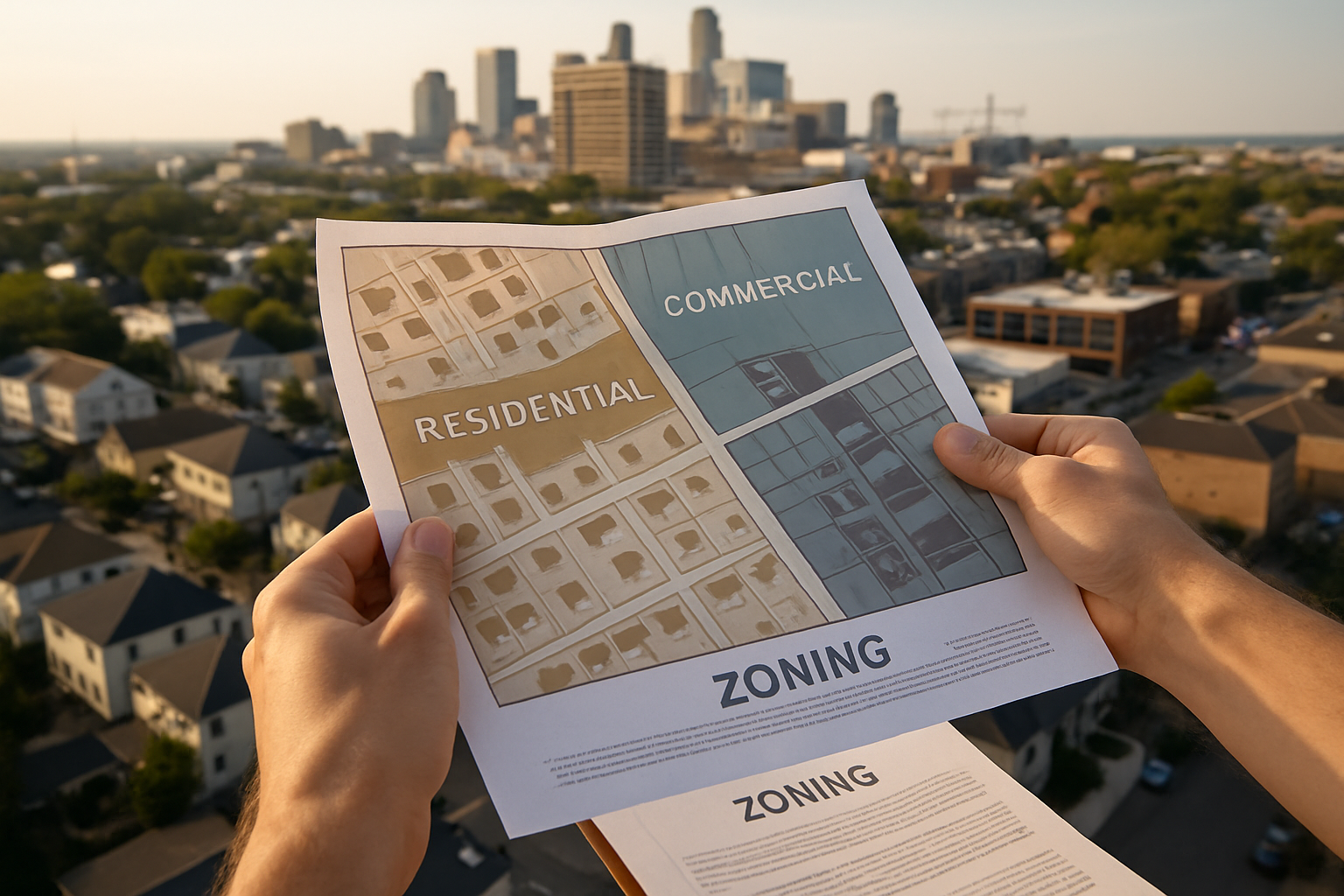Strategic Insights for Navigating Dubai’s Real Estate and Business Landscape
Dubai continues to stand out as a powerhouse for commercial growth, real estate ventures, and structured investment models. Whether you're exploring how to start a real estate business in Dubai or looking into secure escrow account management in Abu Dhabi, understanding the regulatory frameworks and financial mechanisms is essential. This article offers practical insight for entrepreneurs, investors, and business advisors aligned with the dynamics of Dubai’s evolving economic environment.

The Rise of Micro-Apartments
Micro-apartments, also known as micro-units or nano flats, have emerged as a response to the growing demand for affordable housing in prime urban locations. These compact spaces maximize efficiency through clever design, often incorporating multi-functional furniture and built-in storage solutions. The concept isn’t entirely new—cities like Tokyo have long embraced small-scale living—but it’s gaining momentum in Western metropolises as developers and city planners grapple with housing shortages.
Historical Context and Evolution
The roots of micro-apartment living can be traced back to the early 20th century when urbanization led to the development of single-room occupancy (SRO) housing. These bare-bones accommodations, popular among transient workers and low-income residents, eventually fell out of favor due to substandard conditions. Today’s micro-apartments represent a modern, upscale reimagining of compact urban living, designed to appeal to young professionals and minimalists seeking prime locations without the premium price tag.
Current Market Trends and Demographics
Recent data indicates a growing acceptance of micro-living among millennials and Gen Z. A survey by the Urban Land Institute found that 25% of renters under 35 would consider living in a micro-unit. This demographic shift is driven by factors such as delayed marriage, increased student debt, and a preference for experiences over possessions. In cities like New York and San Francisco, where average rents can exceed $3,000 for a one-bedroom apartment, micro-units offer an attractive alternative, often priced 20-30% below market rates for conventional studios.
Design Innovations and Space Optimization
At the heart of the micro-apartment movement is innovative design. Architects and interior designers are pushing the boundaries of space efficiency, creating homes that feel larger than their square footage suggests. Foldable furniture, murphy beds, and modular storage systems are standard features. Some developments incorporate shared amenities like communal kitchens, lounges, and workspaces to compensate for the limited private space, fostering a sense of community among residents.
Financial Implications for Investors and Developers
For real estate investors and developers, micro-apartments present an intriguing opportunity. The higher density of units per building footprint can potentially yield greater returns on investment. However, construction costs can be higher due to the need for high-quality finishes and smart design solutions. A study by CBRE found that micro-apartment developments in major U.S. cities achieved rent premiums of 5-15% per square foot compared to conventional units, though overall rental income per unit was lower due to the reduced size.
Regulatory Challenges and Urban Planning Considerations
The proliferation of micro-apartments has not been without controversy. Many cities have minimum size requirements for residential units, necessitating zoning changes or special permits for micro-apartment developments. Critics argue that these tiny dwellings could lead to overcrowding and reduced quality of life. In response, some municipalities are implementing pilot programs to assess the impact of micro-housing on urban infrastructure and community dynamics before making permanent policy changes.
Impact on Urban Development and Sustainability
Proponents of micro-apartments argue that they offer a sustainable solution to urban sprawl. By increasing density in city centers, these developments can reduce commute times and carbon emissions. Additionally, smaller living spaces typically consume less energy for heating and cooling. However, the long-term effects on urban fabric and social cohesion remain subjects of ongoing debate among urban planners and sociologists.
Market Outlook and Future Projections
As urban populations continue to grow and housing affordability remains a pressing issue, the micro-apartment trend is poised for expansion. Market analysts predict steady growth in the sector, with particular potential in gateway cities and emerging tech hubs. However, the success of micro-living will depend on factors such as evolving lifestyle preferences, economic conditions, and regulatory environments.
Considerations for Potential Residents
For those considering micro-apartment living, it’s essential to weigh the trade-offs carefully. While the lower rent and prime location are attractive, the limited space can be challenging for some. Prospective tenants should assess their lifestyle needs, storage requirements, and tolerance for minimalist living. It’s also crucial to understand the terms of the lease, as some micro-apartment complexes have specific rules regarding guests and use of communal spaces.
A Niche with Growing Potential
Micro-apartments represent a bold reimagining of urban living, offering a potential solution to the housing crises facing many major cities. While not without challenges, this trend reflects a broader shift towards more flexible, efficient, and sustainable housing options. As the real estate market continues to evolve, micro-apartments may well become a significant segment of the urban housing landscape, reshaping not just how we live, but how we conceptualize home in the 21st-century metropolis.




